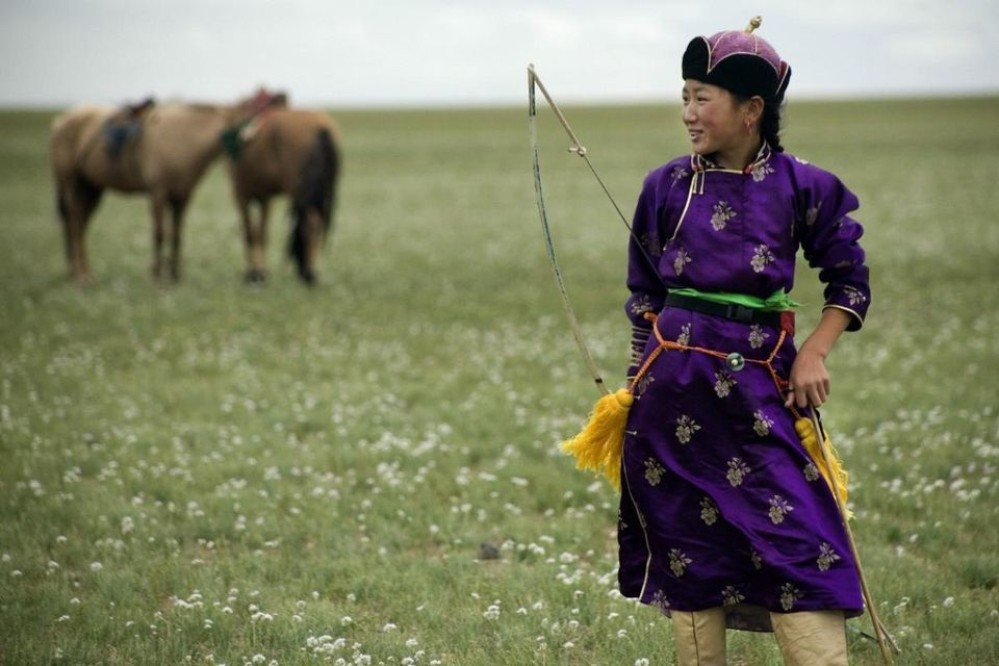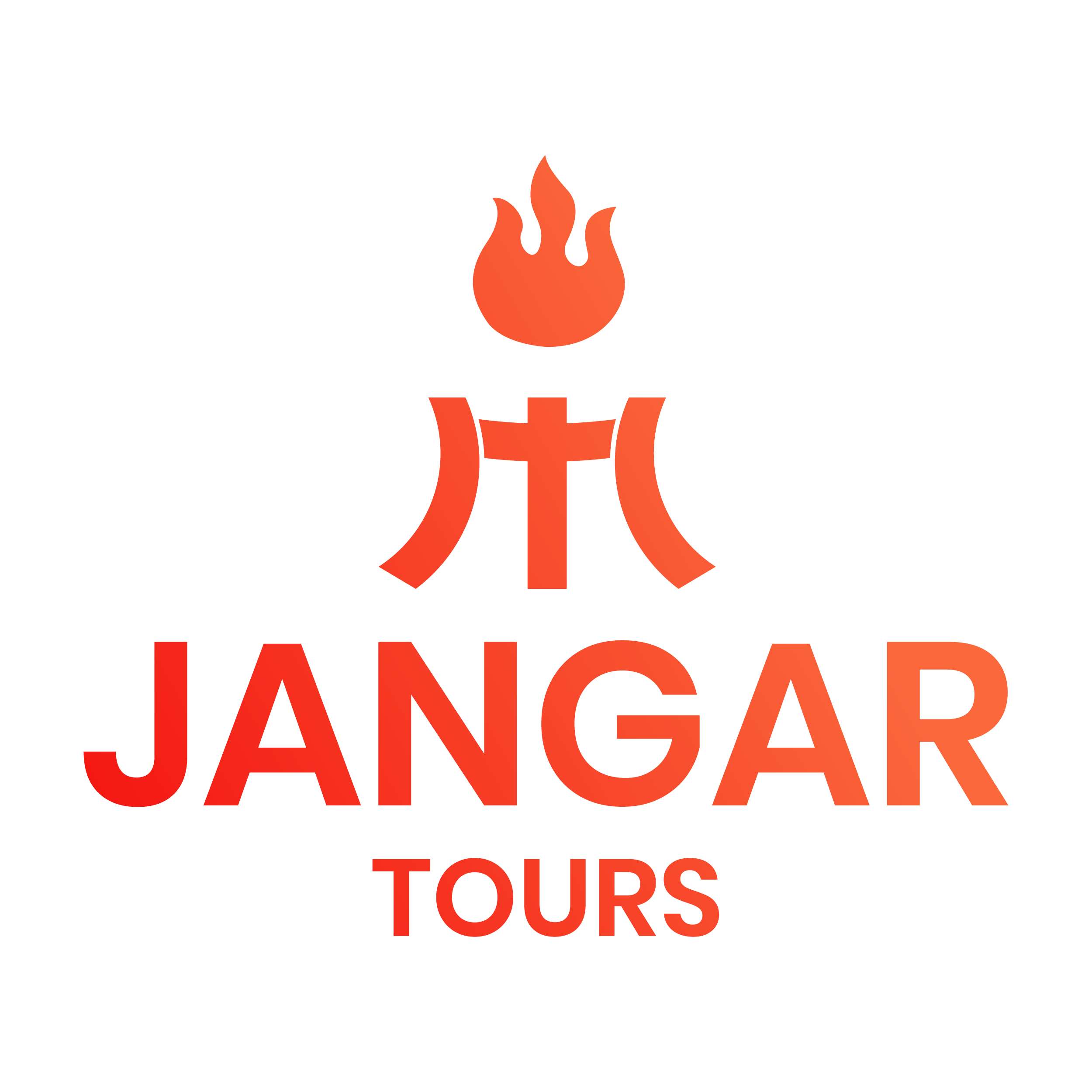THE SCENE
For intrepid travelers, there may be no greater thrill than having the chance to explore a destination seemingly untouched by tourism. Mongolia is an explorer's dream, with natural wonders like the Gobi Desert and annual festivals such as Naadam. Due to its remote location, Mongolia sits low on many Westerners' travel wish lists. Tourism has grown at a slow but steady pace.
On a recent visit to the Southern Gobi Naadam Festival in Dalanzadgad, I was one of six tourists out of 10,000 spectators. Experiences like this feel authentic and intimate due to such ratios, and photographers can find endless inspiration in the country's people, landscapes, and religions.
LAY OF THE LAND
Located between China and Russia, Mongolia is roughly the same size as Alaska and is completely landlocked. The capital, Ulaanbaatar, is in the country's northeast region along with Lake Hovsgol, which is known for its Taimen fishing. Much of the north exhibits a Slavic influence from neighboring Russia, which occupied the country from 1924 to 1990. The Gobi Desert occupies the southern part of the country. In the west, Kazakh influences can be felt in the region's dress and customs, which you may recognize from their famous Eagle hunters.

